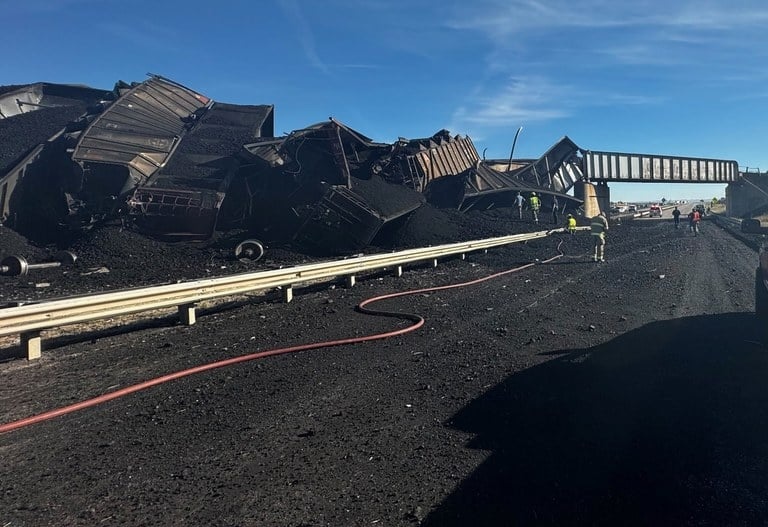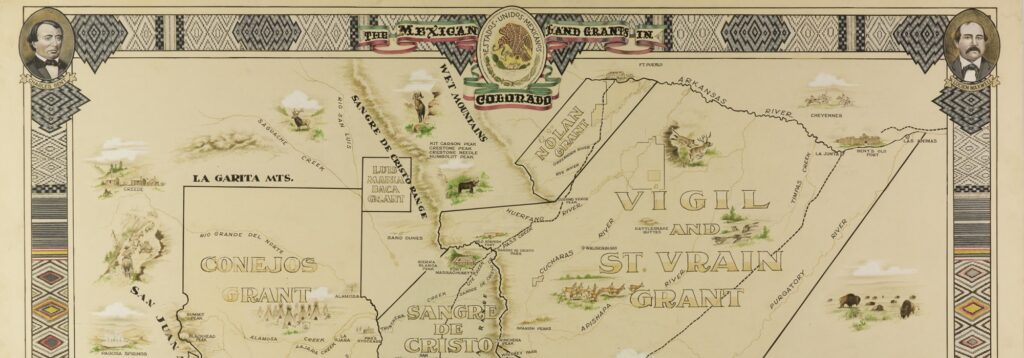It’s no secret that historically, Hispanic/Latino residents have faced racial, ethnic, and anti-immigrant prejudice in the country. But one industry that has caused countless deaths and addictions particularly preys on the Hispanic/ Latino population.
Today, 9.8 percent of Hispanic/Latino adults currently smoke cigarettes, according to the Truth Initiative, a nonprofit public health organization committed to combatting tobacco and nicotine use/addiction. While that percentage isn’t high, compared to the overall adult rate of 13.7 percent who smoke cigarettes, rates of smoking differ among Hispanic/Latino subgroups and by gender. For example, adults who identify as Puerto Rican have reported the highest current smoking compared to other subgroups. Hispanic/Latino men are also more likely to smoke than Hispanic/Latino women.
Meanwhile, a 2019 National Youth Tobacco Survey found that 3.8 percent of Hispanic/Latino high school students currently use cigarettes compared to 5.8 percent of high schoolers overall. E-cigarettes are the most commonly used tobacco product among Hispanic/Latino high students at 23.2 percent, according to the Truth Initiative.
Tobacco companies have historically heavily advertised Spanish-language cigarette brand names like “Rio” and “Dorado” to Hispanics and Latinos. Those companies turned their attention to Hispanic/Latino people in the 1970s and 1980s when they began to launch marketing initiatives tar- geting them. According to the Truth Initiative, big tobacco companies were interested in the Hispanic/Latino community because they deemed them “lucrative,” “easy to reach” and “undermarketed.”
Those companies have historically included ads in many Spanish-language publications and have even donated to influence community groups, universities and colleges, and scholarship programs supporting Hispanic and Latino people. Tobacco companies also specifically displayed advertisements in predominantly Hispanic/Latino neighborhoods.
Outside of advertising, stress can increase commercial tobacco use, according to the Centers for Disease Control and Prevention (CDC). Residents who face stress from issues like financial problems, discrimination or unsafe neighborhoods are more likely to smoke. Hispanic/Latino people are more likely to have lower socioeconomic status than white people, the CDC said, and nearly a third of Hispanic/Latino people in the country said they have personally been discriminated against because of their ethnicity.
Each year, more than 43,000 Hispanics are diagnosed with tobacco-related cancer and more than 18,000 die from tobacco-related cancer, according to League of United Latin American Citizens. Lung cancer is the leading cause of cancer death among Hispanic men and is the second leading cause among Hispanic women.
To combat tobacco use in Latino/Hispanic communities, organizations like the League of United Latin American Citizens encourage citizens to use their voices and advocate for communities to change policies.
If you or someone you know is struggling with tobacco addiction, you can call 1-800-QUIT-NOW or visit smokefree.gov for resources. If you are trying to help someone stop using tobacco, it’s important to understand and respect that they are trying to make change and it can be difficult. To be helpful to someone trying to quit using tobacco, you can spend time with them to help them keep their mind off smoking and let them know that you are there for them.




















